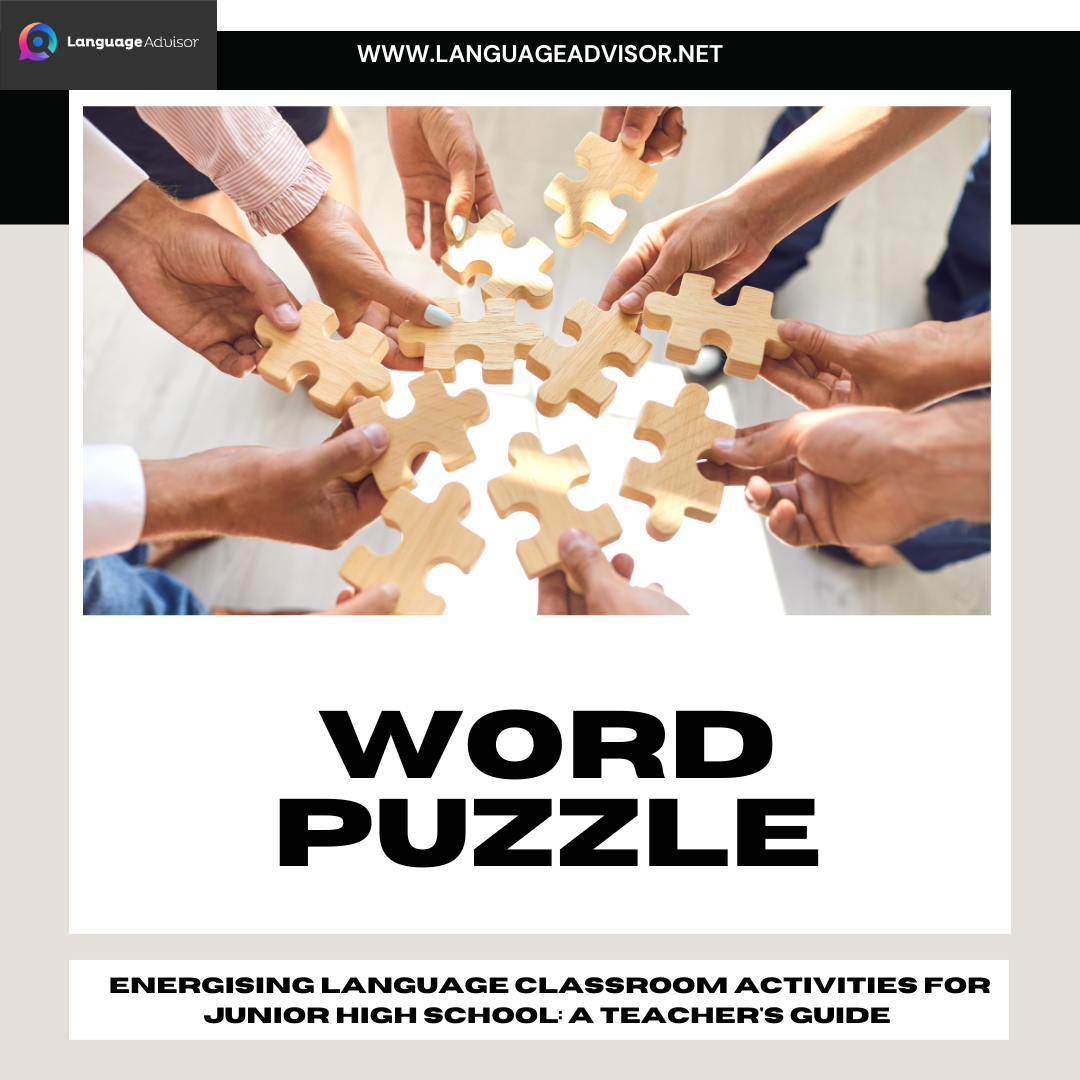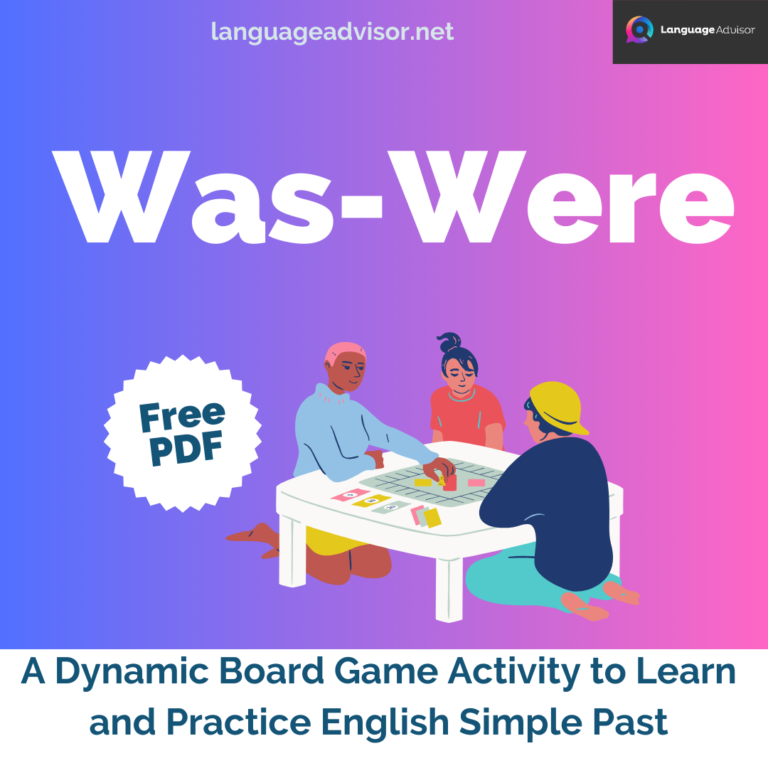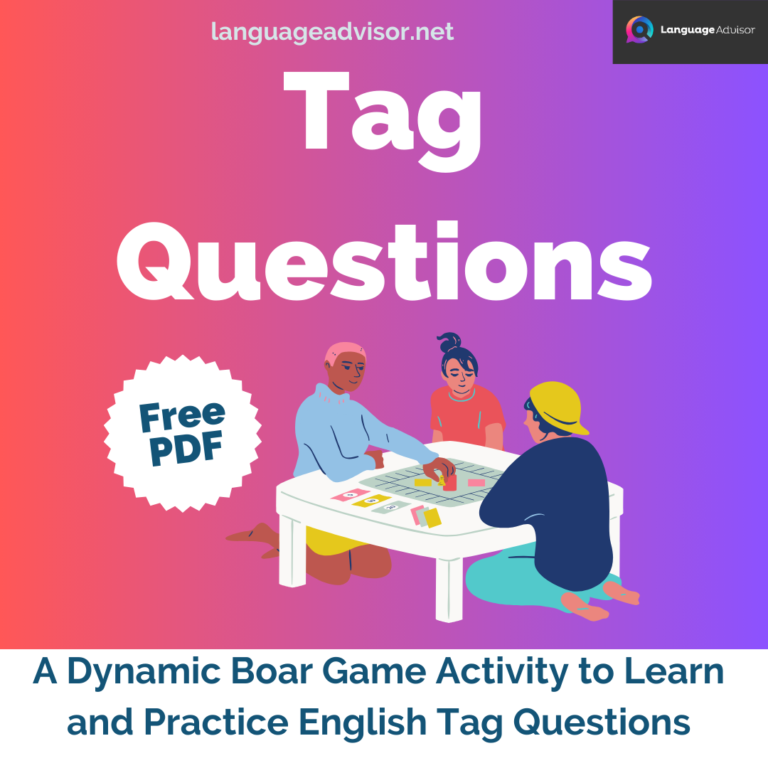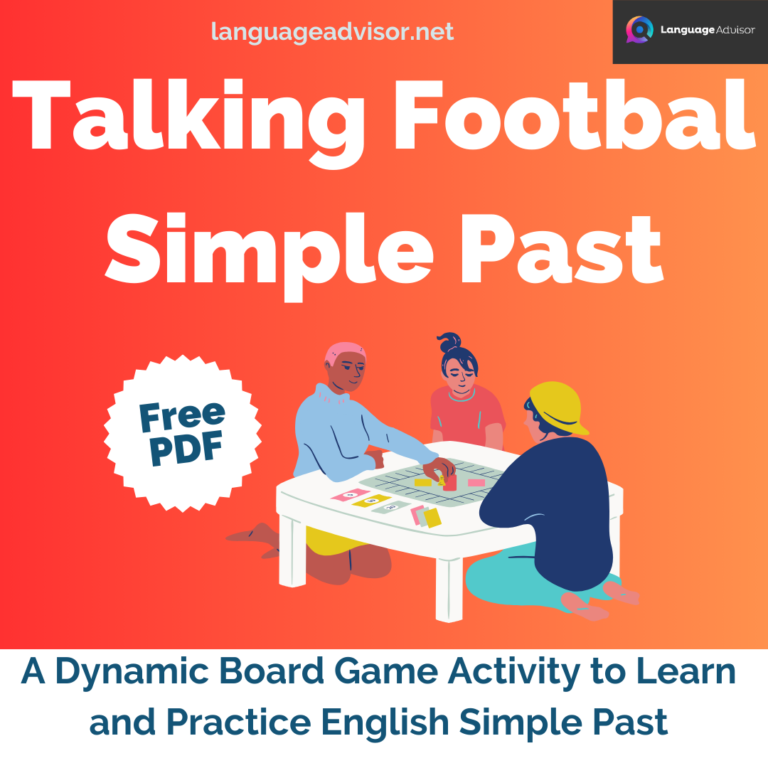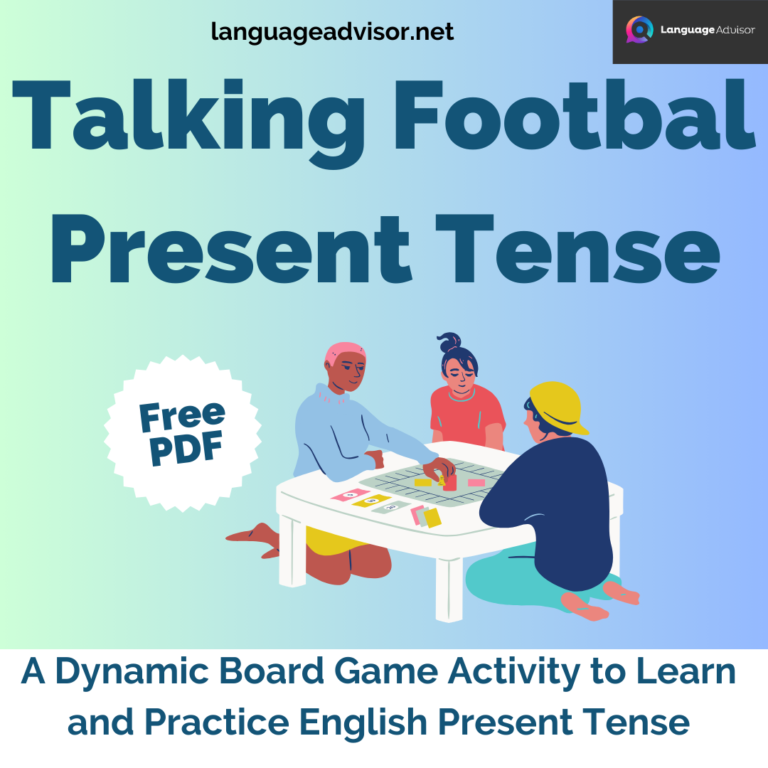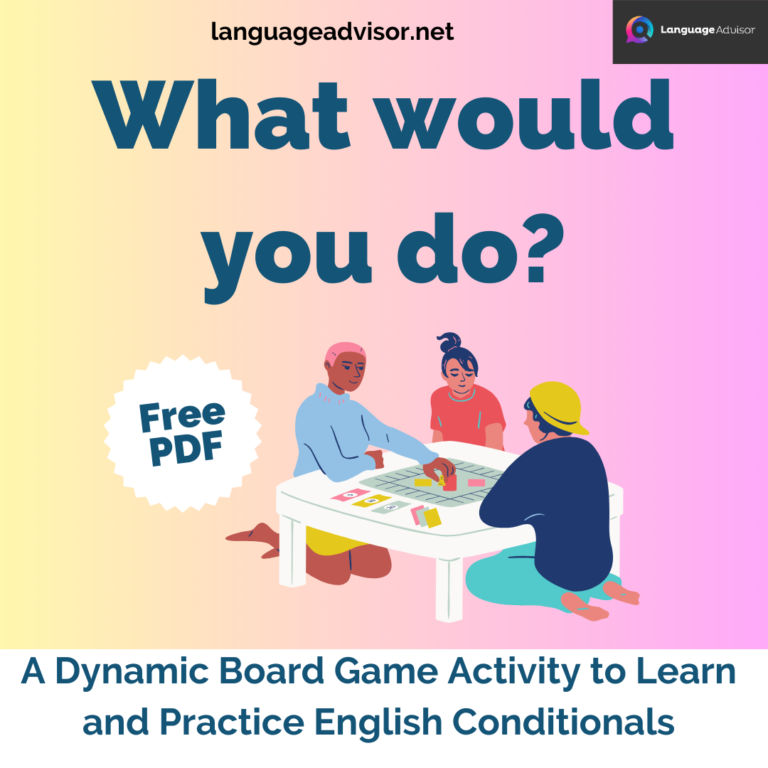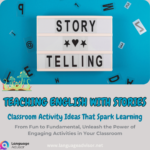WORD PUZZLE. Energising Language Classroom Activities for Junior High School: A Teacher’s Guide
WORD PUZZLE

Energising Language Classroom Activities for Junior High School: A Teacher’s Guide
Junior high school students often find language classes challenging, but as a language teacher, you have the power to transform these challenges into engaging learning experiences. Classroom activities are the key to achieving this transformation. These activities not only make learning enjoyable but also foster a deeper understanding of the language, leading to improved fluency and proficiency. In this blog post, we will explore a diverse range of innovative and interactive language classroom activities designed specifically for junior high school students. Whether you’re looking to enhance vocabulary retention, boost conversational skills, or make grammar lessons more enjoyable, this guide will provide you with a rich array of strategies to create a dynamic and effective learning environment for your students. Let’s embark on this journey to energize your language classroom and inspire your students to become passionate language learners.

WORD PUZZLE
Target Group: All grades
Difficulty Level: Fundamentals
Activity Objective: To practice/reinforce good spelling
WORD PUZZLE: Procedure
- Divide the students into groups. Anything is fine.
- Write a word/sentence on the board, but only use dashes where the letters would normally go. For example, write “_ _ _ _ __” for “hello.” The groups will take turns guessing letters. If they correctly guess a letter, they get as many points as there are letters in the puzzle. In the previous example, a group that guessed “e” would get one point. A group that guessed “l” would get two points. There is no penalty for a wrong guess. The students can raise their hands at any time if they want to take a shot at the whole thing. Guessing the entire puzzle correctly gets that group five points (or whatever denomination of your choosing).
- The game can last for as short as five minutes, or as long as fifty minutes. It depends on how many puzzles you give the students.
Materials and Preparation
None.
Suggestions and Advice
Only allow the groups to guess one letter per turn, regardless of whether they were right or wrong.
If you let a group with a right answer continue guessing, you will have one group constantly getting points while all the other groups look on in boredom.
Avoid using sentences taken straight from the textbook. The students will figure this out, and then just count spaces to figure out the answer. You will end up with groups guessing the right answer without guessing any letters at all, which defeats the purpose of the game. You can use textbook
sentences, but be sure to change things around to throw them off (for example, take the textbook sentence “I have coffee and bread for breakfast” and make it into “I have pizza and chocolate milk for dinner”).
You may want to keep an answer sheet to help you keep track of the letters. In puzzles with long sentences, it is very easy (easier than you think) to accidentally miss a letter.
You may notice that this game is just a barebones version of the American game show “Wheel Of Fortune” (or, depending on your point of view, an expanded version of the game “Hangman”).
You can turn it into Wheel of Fortune by bringing in a spinning wheel and some game money. As per the show, have the groups spin the wheel first. After they land on a number, let them guess, then multiply their winnings by whatever number they landed on. For example, if a group spins the
wheel and lands on 4, then guesses the letter “e” and there are three of them, three “e” ’s times four will net that group twelve game dollars (if your game money is in $1 bills). For a game wheel, you can make one, find one in online. Youcan also use a big stuffed novelty dice as a substitute for the game wheel.
Here is a link to create a Wheel of Fortune: https://spinthewheel.app/

Energising Language Classroom Activities for Junior High School
In the world of language teaching, fostering a love for learning and effective communication is our ultimate goal. By implementing these engaging classroom activities for junior high school students, you are not only enhancing their language skills but also creating an environment where curiosity, creativity, and enthusiasm thrive. As we wrap up our exploration of these energizing language activities, remember that your role as a teacher is invaluable, and your dedication to making language learning exciting and impactful is what sets the stage for your students’ future success.
So, continue to innovate, adapt, and personalize these activities to suit the unique needs and interests of your students. Watch as their confidence soars, their vocabulary expands, and their ability to communicate fluently grows. With your guidance and these engaging activities in your teaching toolbox, you are well on your way to inspiring a new generation of confident and capable language learners. The journey to language proficiency may be challenging, but with your passion and these activities, it is always an exciting one.
Happy teaching!

Also check out these articles on teaching, teaching methods and teaching tools


